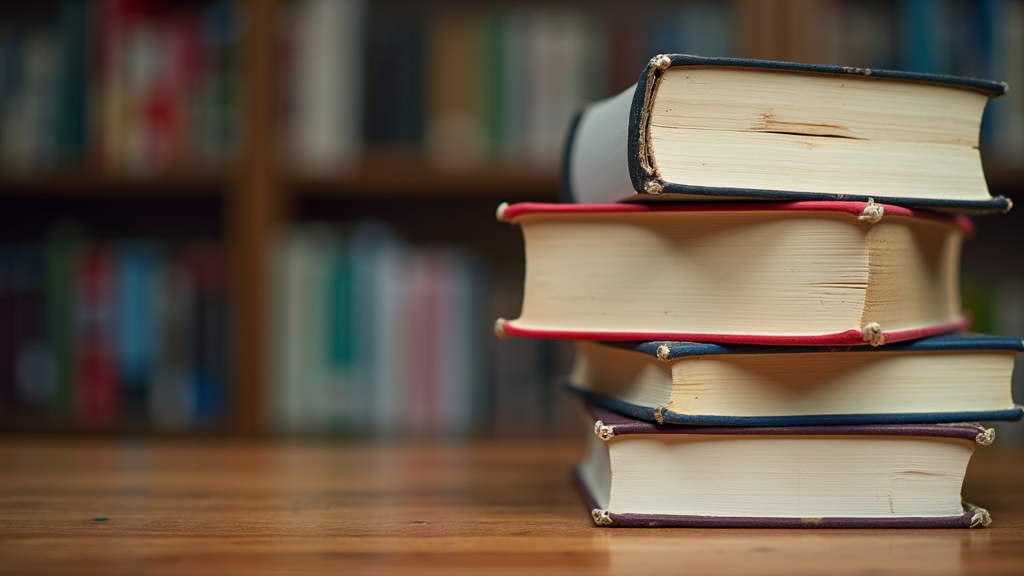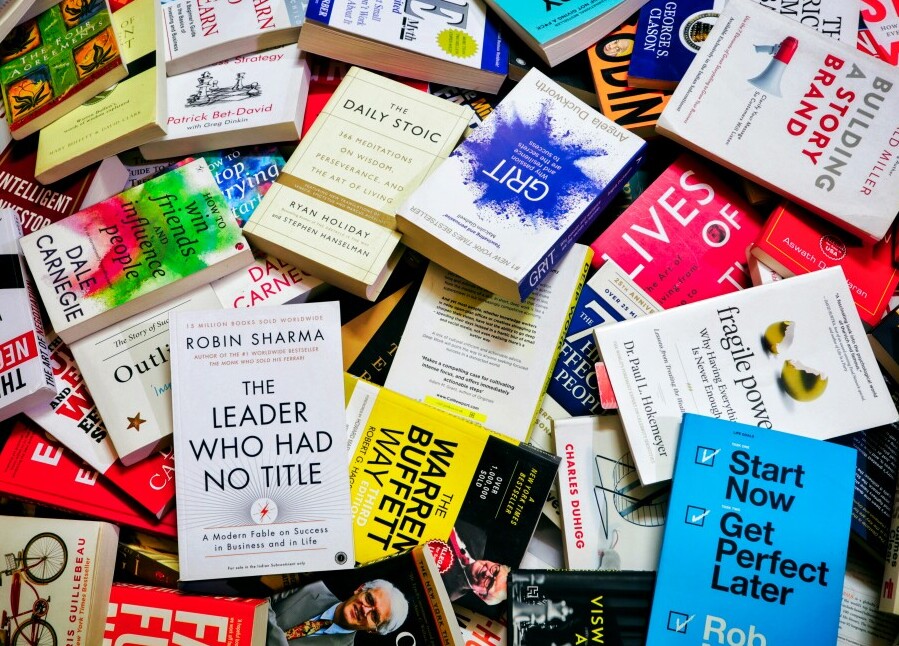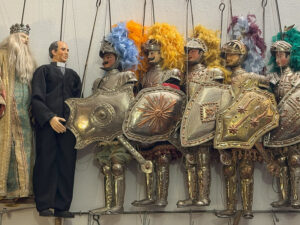Understanding copyright for books is really important for any writer, publisher, teacher, or reader. When I first published my book, learning about copyright helped me protect my work. It also helped me respect the rights of other authors. Copyright rules can feel complicated at first, but knowing the basics can save a lot of time and effort, especially if you ever want to share, adapt, or publish a book. Without a solid grasp of copyright, it would be challenging to safely distribute your work or use resources from others. This knowledge brings peace of mind to authors and helps foster a creative community where original ideas are valued and protected.</p&gt;</p>

Contents
- 1 What Is Copyright for Books?
- 2 How Copyright Applies to Books
- 3 Key Rights and Limitations for Authors
- 4 Essential Steps to Protect Your Book’s Copyright
- 5 Common Copyright Challenges for Book Authors
- 6 “>Practical Tips for Using Copyrighted Material in Your Book
- 7 Books and Copyright in the Real World
- 8 Frequently Asked Questions
- 9 Final Thoughts
What Is Copyright for Books?
Copyright is a legal right that protects the original works of creators, including authors of books. When I write a book, copyright law gives me control over how my work is used. This means I can decide who can publish, adapt, or sell my book. In most countries, copyright protection starts the moment a book is created and fixed in a tangible form, such as being written down or saved as a file. There’s no need to register copyright for a book to be protected, but registration can offer extra benefits if there’s ever a dispute. Choosing to register might also give you a sense of security, since there’s an official record of your authorship and the date your work was created.</p&amp;gt;</p>
How Copyright Applies to Books
Copyright covers a lot of ground when it comes to books. Some core areas that are protected include the actual text, illustrations, photos, and sometimes even the cover design. However, book titles, general ideas, and facts are usually not protected by copyright. Instead, it’s the unique way those elements are expressed that is covered.
When I consider publishing, I look closely at every part of the book. If I want to use someone else’s illustrations or photographs, I know I need explicit permission. Using copyrighted content without consent can result in the book being taken down or legal consequences, so I always check the source and get the rights if needed. It’s also helpful to keep records of any permissions you receive, so you can show proof if questions come up later.&lt;/p&gt;
Key Rights and Limitations for Authors
As the author, I hold exclusive rights over my book. These rights include:
- Reproduction: I can make and sell copies of my book in print, ebook, or audio formats.
- Distribution: I decide how and where my book is distributed, whether through bookstores, libraries, or online platforms.
- Adaptation: I have the right to allow or refuse adaptations, like turning my novel into a movie or play.
- Public Display and Performance: I get to control public readings or displays of my work.
I can also license these rights to publishers, translators, or filmmakers. Doing this helps me earn money while making my book reachable to wider audiences. However, once I sign certain contracts, those rights can shift partly or fully to someone else, so I always read agreements carefully. It’s smart to consult with a literary agent or legal expert if you’re unsure about any contract terms involving copyright, since these can heavily influence how your work is shared and monetized.</p&gt;
Essential Steps to Protect Your Book’s Copyright
While copyright exists the moment I write my book, taking a few practical steps helps protect my work further:
-
- Keep original drafts and records:</strong> I save all early versions and emails related to my book. This can help prove my authorship if there’s ever a dispute.
- Consider official registration: Registering with the copyright office adds a record and makes legal enforcement stronger in case of infringement. In the United States, you can register at the U.S. Copyright Office.
- Use clear copyright notices: I add a simple line like “© 2024 My Name. All rights reserved.” at the start of my book.
ithout permission. If you’re publishing an ebook or print book online, these precautions become even more important, since content can so easily be shared or stolen in the digital age.</p>
Common Copyright Challenges for Book Authors
There are a few tricky areas I’ve seen fellow authors run into. Here’s what to watch out for and how to handle them:
- >Plagiarism: Copying large portions of someone else’s text without permission is plagiarism and copyright infringement. I use plagiarism checkers before publishing to make sure my work is original.
- =”editor-listItem”>>value=”2″>&gt;<strong class=”editor-text-bold”>Fair use confusion: Some uses, like quoting a short section for a review or teaching, might count as fair use, but the lines are blurry. When in doubt, I prefer asking the right holders for permission or using my own words.
- Orphan works: Sometimes I find an image or excerpt I want to use but can’t find the copyright owner. This is risky. Unless I can trace the source and get permission, I look for alternatives on free use or public domain sites.
- International rights: Copyright laws differ by country. If my book will be published overseas, I check local laws or work with an international rights agent.
dir=”ltr”>Sometimes, even seasoned authors get caught off guard by these problems. Therefore, staying sharp and doing your homework on copyright issues isn’t just smart—it’s necessary for your reputation and your wallet.
Plagiarism
As a writer, I find it really important to keep my voice original. Even using small passages from someone else can be risky. If I need to quote another author, I use clear citations and keep the amount brief. Sites like rel=”noopener”>Turnitin</a> help check for overlap, even if I’m just being careful. Taking time to check your work for accidental similarities also shows respect for the efforts of other writers and supports a fair creative environment.
Fair Use
Fair use lets people use a small part of a book without permission, mostly for commentary, news, or teaching. The rules vary in each country, and fair use can sometimes be misunderstood. If I’m unsure if my usage qualifies as fair use, I limit the excerpt and explain its purpose, or reach out for legal advice. An extra layer of caution can go a long way in preventing copyright disputes down the line.
Public Domain and Creative Commons
Creative Commons for images or illustrations. These resources make it easy for authors and publishers to find materials they can safely incorporate without needing to track down or ask for permissions.
“>Practical Tips for Using Copyrighted Material in Your Book
When writing or publishing a book, I sometimes want to use quotes, figures, or images from other works. My best tip is always to double-check the copyright status or ask for written permission, even if the excerpt feels small. Recognizing how much is safe to use, or if permission is even needed, protects me from complaints or legal trouble later.
- =”editor-ul”>
- If an illustration or photo is needed, I often hire artists or buy a commercial license.
- ass=”editor-listItem”>e=”3″>If my work is educational or nonprofit, I still check the rules, since “fair use” doesn’t cover everything.
“editor-paragraph” dir=”ltr”>Paying attention to the source and keeping emailed approvals lets me avoid disputes in the future. Clear, written agreements provide a strong foundation if disagreements arise later about who has the right to use a certain image, quote, or passage.
Books and Copyright in the Real World
Copyright isn’t only for fiction. It’s just as important for textbooks, memoirs, cookbooks, and illustrated guides. Here are some ways copyright applies in real-world scenarios:
- value=”1″>Selfpublishing: When I selfpublish, I own all my copyright unless I license it out. This lets me control ebook, audiobook, and print versions.
- <b>Collaborative works: If I cowrite a book, both creators usually share the copyright unless we agree differently in writing.
- Working with publishers: Most publishers ask to license some or all rights for a certain period. I always review these terms before signing.
- If I want my book in another language, granting translation rights means another party can adapt and publish in new markets.
tanding your rights means you can protect your spin on the content, from memorable characters to detailed illustrations or layouts.
Frequently Asked Questions
People often have questions about copyright for books, especially if they’re new to writing or publishing. Here are some common ones I hear:
Question: Do I need to register my book with a copyright office for it to be protected?
Answer: In most countries, including the U.S., copyright protection starts as soon as the work is created. Registration is optional but really useful if you need to enforce your rights in court.
Question: How long does copyright last for a book?
Answer: Copyright duration depends on the country. In the United States and Europe, it usually lasts for the life of the author plus 70 years.
<strong class=”editor-text-bold”>Question: Can I quote from another book without permission?
Answer: Small quotations may be allowed under fair use or fair dealing, but longer excerpts almost always need permission. When in doubt, I check with the copyright holder.
Question: Where can I find free-to-use books and illustrations?
Answer: Sites like Project Gutenberg and Wikimedia Commons offer public domain works, which are safe to use and adapt.
Final Thoughts

dir=”ltr”>Copyright basics help me protect my writing and respect the work of others. Understanding these principles means I can publish with confidence, avoid legal headaches, and make informed choices when creating or using book content. Whether I’m publishing for the first time or working with other authors, knowing how copyright works is a valuable part of being an author today. As the publishing world changes, these lessons remain constant for everyone involved in creating and sharing stories or educational resources.
ss=”editor-paragraph” dir=”ltr”>If you want more details or official guidance, national copyright offices or the World Intellectual Property Organization (et=”_blank”
<p class=”editor-paragraph” dir=”ltr”>rel=”noopener”>WIPO) are great places to start. I’ve found that investing a little time in learning about copyright pays off any time I bring a new book project into the world. The more you know about the law, the better prepared you’ll be to keep your creative work safe and to respect the art of fellow writers.







